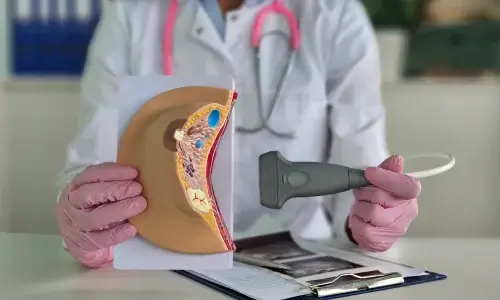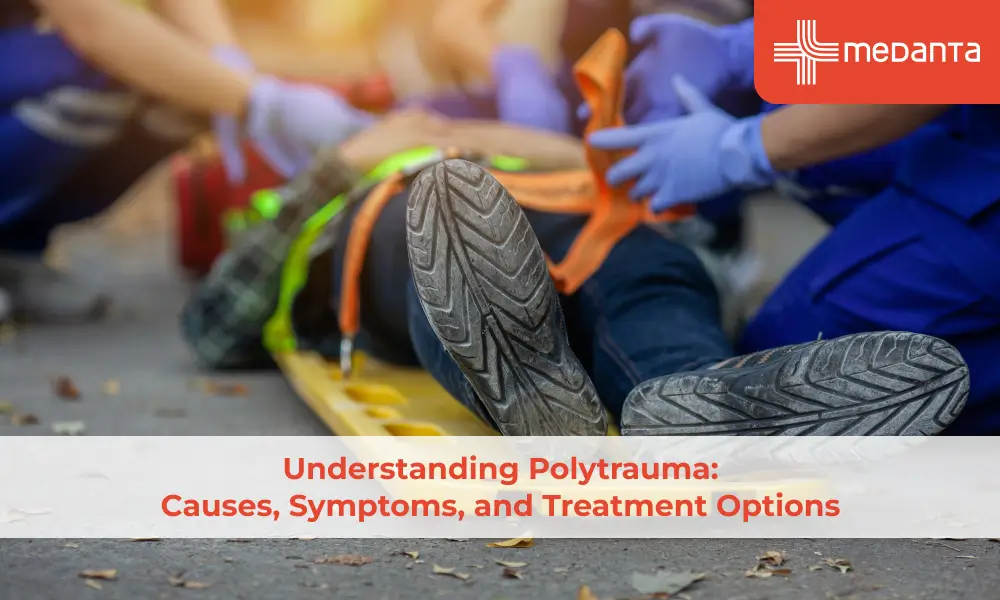Fibroadenomas

TABLE OF CONTENTS
Introduction
Solid breast lumps are known as fibroadenomas. There is no malignancy in this breast lump. The most common age range for fibroadenoma occurrence is 15 to 35yrs. However, it may be discovered in anyone who experiences periods at any age.
Frequently, a fibroadenoma is painless. It may have a rubbery, smooth, and solid texture. It is rounded in form. Possible sensations include a pea in the breast. Or it could have a flat, coin-like texture. It travels freely inside the breast tissue when contacted.
Breast lumps are commonly known as fibroadenomas. Your medical professional might advise you to keep an eye out for changes in the size or texture of your fibroadenoma. A biopsy or surgery to remove the lump may be required in some cases. Many fibroadenomas don't require additional treatment.
Types
There are several types, including:
Simple fibroadenomas: When seen with a microscope, they have the same appearance everywhere around.
Complex fibroadenomas: These are larger, and older women are more susceptible to them. They could have cells that multiply quickly.
Juvenile fibroadenomas: Between the ages of 10 and 18, these are the most typical breast lumps to be detected in young women and teenagers. They can get big, but they often go smaller with time. Some are lost.
Giant fibroadenomas: They have a 2-inch maximum growth limit. If they encroach onto or take the place of other breast tissue, they might need to be removed.
Alarming factors
Doctors are unsure of their origin. Since they frequently manifest at puberty or during pregnancy and disappear after menopause, they may be caused by fluctuating hormone levels

Symptoms
A solid breast mass called a fibroadenoma frequently has no discomfort. It is readily movable, spherical, hard or springy, and has defined smooth boundaries. Frequently, a fibroadenoma develops slowly. A typical size is around 1 inch (2.5 centimetres). Over time, a fibroadenoma might enlarge. A few days before your menstruation, it could be uncomfortable or sensitive. When touched, a large fibroadenoma could hurt.
One fibroadenoma or many fibroadenomas are both possible. They may affect one breast or both.
Some fibroadenomas reduce in size with time. Most teenage fibroadenomas fade over several months to several years. Over time, fibroadenomas may also vary in appearance.
Diagnosis
Some fibroadenomas could be up to many inches around, although some are too tiny to be felt. One or more fibroadenomas can develop in a woman.
In the breast, fibroadenomas can frequently feel like marble. They often have distinct boundaries and are rounded or oval. They are normally solid or rubbery under the skin and moveable, although they are usually not painful. Mammography or ultrasound are two imaging tests that can only detect certain fibroadenomas.
To determine for sure if a breast tumor is a fibroadenoma or another disorder, a breast biopsy may be required. This procedure includes extracting some breast tissue for testing in a lab.
When observed under a microscope, the majority of fibroadenomas have a uniform appearance. These are referred to as simple fibroids. However, certain fibroadenomas are referred to as complicated fibroadenomas since they may include additional alterations. Complex fibroadenomas are typically larger and more prevalent in elderly people.
Treatment
You might not require medical attention. Your doctor might advise waiting to see if the lump develops or decreases if your fibroadenoma is tiny rather than immediately attempting to remove it.
Similarly, to this, if you get a fibroadenoma while pregnant or nursing, your doctor may decide to wait till your hormone levels are back to normal before determining whether the lump will go away on its own.
Your doctor may also postpone removing any new lumps if you've had more than one fibroadenoma removed in the past and testing determined that's what they were.
The doctor will probably advise removing any lumps if your fibroadenoma grows, if they think it could grow, or if they are unsure if a lump is a fibroadenoma or not.
Conclusion
Although seeing a breast lump might be frightening, most of them are not malignant. Once you are familiar with the sensation of a benign fibroadenoma, you can detect any worrisome changes and spot any new benign lumps with ease. The majority of fibroadenomas patients don't require therapy. Some lumps naturally go away, but you should never presume a new lump is benign without having it examined.






